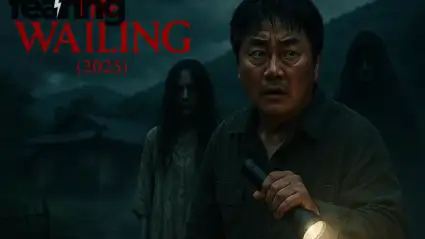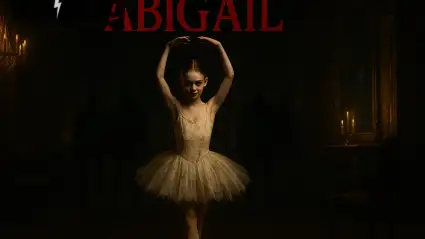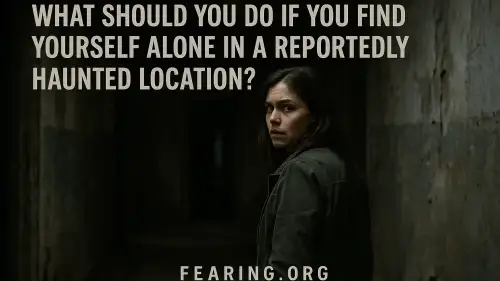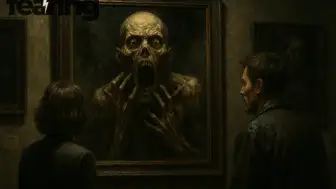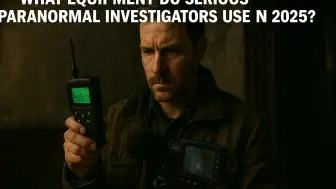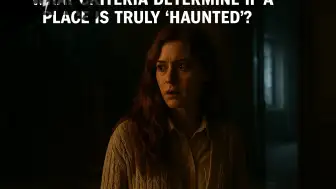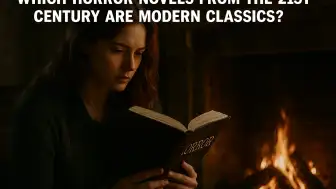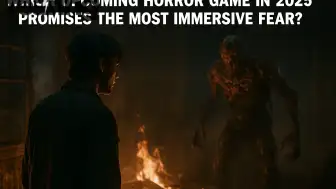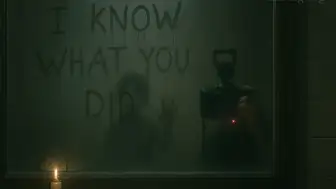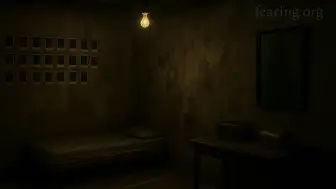The first time a shaky handheld camera captured a scream, audiences didn’t know what to make of it. It felt raw, ugly, real — as if someone had stumbled across something they weren’t meant to see. Decades later, the found-footage horror subgenre continues to terrify audiences who’ve already seen everything. But why? How can a style born in the 1990s still send chills through a generation raised on 4K streaming and CGI monsters?
The answer lies in realism, psychology, and the uncomfortable mirror these films hold up to modern life. Found-footage horror works not because it looks fake, but because it feels true.
The Illusion of Authenticity
At its core, found-footage horror thrives on the illusion that what you’re watching wasn’t meant for you. Whether it’s a lost tape, a recovered livestream, or body-cam footage, the story presents itself as evidence — not fiction. That subtle trick bypasses suspension of disbelief. You stop watching a movie and start witnessing an incident.
This realism creates unease before anything scary even happens. A slight camera shake, muffled dialogue, poor lighting — all the imperfections that would ruin other genres make found footage terrifyingly convincing. It’s as if fear slipped through the cracks of ordinary life and ended up on camera by accident.
Fear in the Age of the Camera
Today, almost everyone carries a high-definition recording device in their pocket. The world documents itself endlessly — vacations, accidents, arguments, confessions. Found-footage horror feels believable because we live in a reality that’s already filmed. When a movie begins with a simple statement like “this footage was found,” the brain immediately connects it to real viral videos and news clips we’ve all seen.
That connection blurs the boundary between entertainment and authenticity. It doesn’t feel like fiction — it feels like something that could easily appear in your social media feed tomorrow.
The Power of Perspective
Traditional horror uses omniscient cinematography — the audience sees everything. Found footage restricts vision, placing the viewer inside the chaos. You only know what the camera sees, and what it misses becomes terrifying.
The narrow frame forces empathy. You become the person behind the camera, breathing their panic, sharing their confusion. When the image trembles, you feel the fear physically. That immediacy can’t be replicated by perfectly staged shots or orchestral soundtracks.
In a way, found-footage horror removes the safety of spectatorship. You’re not just watching a story unfold — you’re implicated in it.
Imperfection as Realism
Horror thrives on what’s hidden. In found footage, what you can’t see matters as much as what you can. The grainy video, sudden static, and half-glimpsed shapes activate imagination. When clarity disappears, fear multiplies.
The best examples — The Blair Witch Project, Paranormal Activity, REC, The Taking of Deborah Logan — understand that suggestion is stronger than exposure. The monster barely appears, if at all, and that absence becomes its power.
This approach aligns with how fear works in real life. You don’t need to see what’s in the dark to feel it there. The camera’s failure to capture the truth becomes the source of horror.
The Democratization of Terror
Found-footage horror feels accessible. You don’t need a Hollywood studio to make it — just a camera, a story, and nerve. That low-budget authenticity brings creative freedom. Filmmakers can take risks mainstream horror avoids: open endings, moral ambiguity, long silences.
Audiences sense that freedom. The genre’s amateur aesthetic carries a rebellious energy — an anti-cinema that values emotion over polish. Every flicker and flaw reminds viewers that fear doesn’t need perfection; it needs intimacy.
This do-it-yourself honesty mirrors internet culture itself: raw, impulsive, and endlessly shareable. When a horror film feels like a friend’s video gone wrong, it hits differently.
The Psychology of “Discovered Truth”
Human beings are drawn to forbidden knowledge — the urge to peek behind the curtain. Found-footage horror manipulates that instinct. By pretending the footage was “found,” it invites voyeurism while making the audience complicit.
You’re no longer a passive viewer; you’re the one who pressed play. That choice carries guilt and curiosity — a combination that keeps the genre potent. The grainy tape feels cursed not because of what it shows, but because you chose to see it.
The best found-footage stories exploit this moral tension. They turn curiosity into punishment. Every frame feels like trespassing.
Minimalism That Feels Real
Unlike CGI-driven blockbusters, found-footage horror relies on minimalism. Limited perspective and simple storytelling create claustrophobia. The absence of professional lighting and sound removes distance between the viewer and the event.
This stripped-down realism heightens the smallest details — a sudden breath, a closing door, a scream from off-camera. The lack of score or editing tricks forces the audience to face fear in its rawest form. It’s not cinematic; it’s primal.
Evolution of the Genre in 2025
In recent years, the format has adapted to new technology. Instead of camcorders and VHS tapes, we now have dashcams, livestreams, drone footage, and smart-home cameras. Horror stories have followed that shift. The “found footage” of 2025 isn’t lost in the woods — it’s uploaded, archived, and waiting in the cloud.
Movies now use social media interfaces, text threads, and real-time video calls to deliver their scares. The illusion of realism has only deepened. You’re not watching someone else’s nightmare — you’re scrolling through it.
Why It Still Works
Found-footage horror endures because it understands two timeless truths:
We fear what feels real.
We fear what we can’t see.
As technology evolves, so does the method of storytelling, but the psychology remains constant. These films remind us that the scariest moments aren’t scripted; they’re the ones that feel accidental.
And perhaps that’s why, even after all the high-definition spectacles and studio reboots, a shaky handheld camera in the dark still has the power to make us believe — if only for a moment — that the footage might be real.



